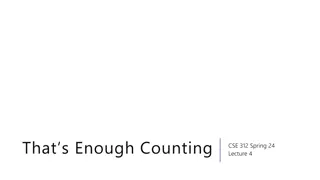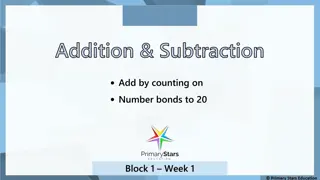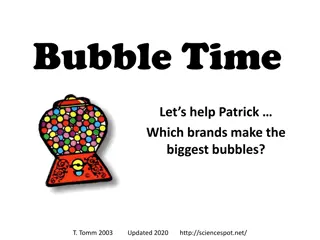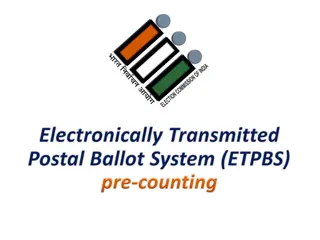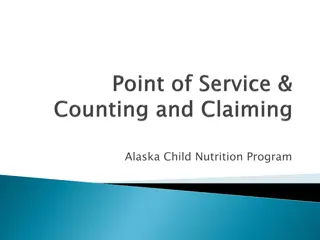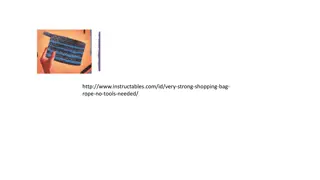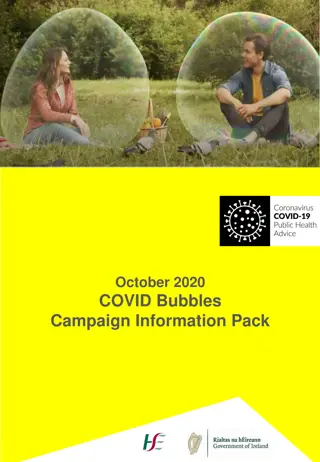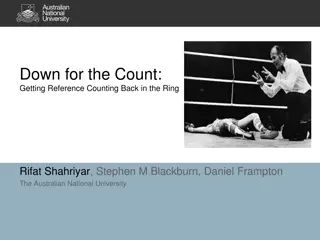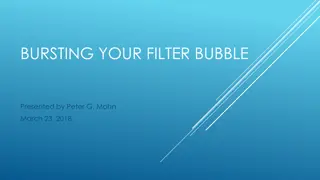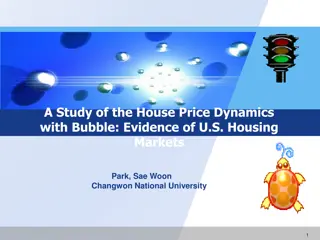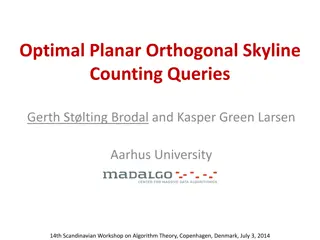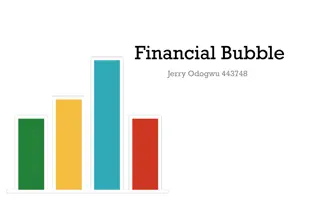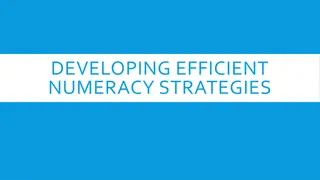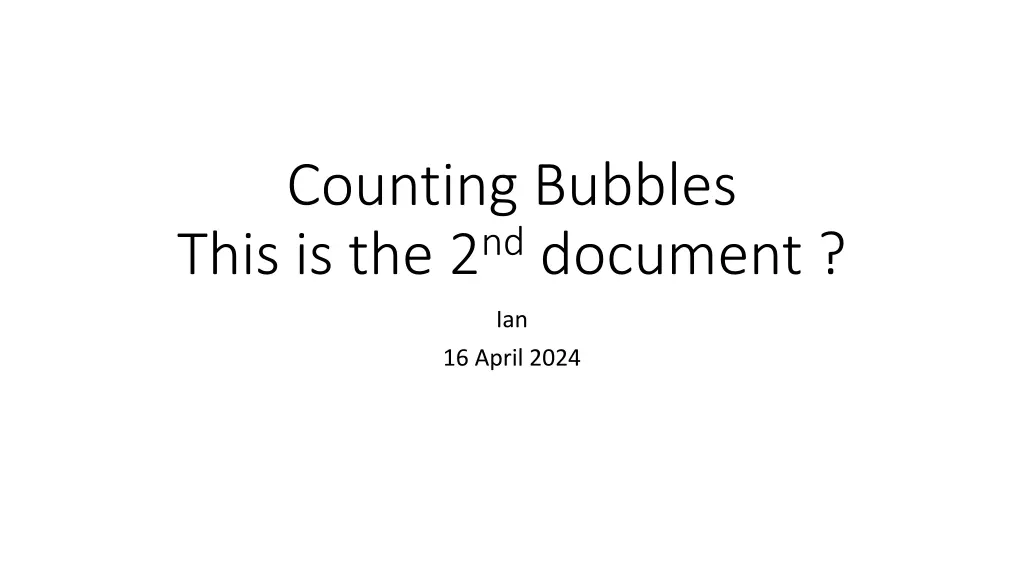
Gas Mixer Requirements and Bubble Measurement Techniques
Explore the gas mixer requirements for classic RPC with varying gas compositions and adjustable flow rates. Learn about bubble measurement techniques and discrepancies in bubble rate calculations. Adaptation to standard bubble formation methods in gas systems is also discussed.
Download Presentation

Please find below an Image/Link to download the presentation.
The content on the website is provided AS IS for your information and personal use only. It may not be sold, licensed, or shared on other websites without obtaining consent from the author. If you encounter any issues during the download, it is possible that the publisher has removed the file from their server.
You are allowed to download the files provided on this website for personal or commercial use, subject to the condition that they are used lawfully. All files are the property of their respective owners.
The content on the website is provided AS IS for your information and personal use only. It may not be sold, licensed, or shared on other websites without obtaining consent from the author.
E N D
Presentation Transcript
Counting Bubbles This is the 2nddocument ? Ian 16 April 2024
What is required for a gas mixer for classic RPC 95% R134a 4.5% iso Butane 0.5% SF6 This is assumed to be adjustable down to 0.1% Assuming 10 litres/hr. 9.5 [l/h] 0.45 [l/h] 0.05 [l/h] The minimum available analogue flow meter is 0.13 to 1.3 [l/h] 1 litre is 1000cm3 0.1 L is 100cm3 0.01 L is 10cm3 R134a isoC4H10 SF6 Bubbles can be assumed to be 14mm3 for a 3mm dia. Bubble. 1cm3 is 1000mm3 Assume 1 bubble per second gives 3600 bubbles/ h 1 bubble x 14mm3 x 3600 = 50400mm3/h = 50.4cm3/h ~ 0.05l/h This is the nominal flow of SF6 Assume 1 bubble every 5 seconds then = 0.01l/h ( an order of magnitude better than the rotameter) which is 5 times smaller. The bubble size can be varied.
A quick measurement by Omar in 2023 gave 1 bubble/sec @ 1 litre/hr This does NOT agree with the previous slide. What is going on ? Omar Abdullah Data: 1-2/8/2023 Building 904 Calculations of the flow rate versus and bubble rate by using a Video taken by ipad and then analyzed Calibration for freon L/Hr bubbles/min 1 61 2 110 3 142 4 170 5 189 6 207 7 241 8 226 9 228 10 239 0 0 flow rate versus buubble pre min 350 300 Bubbles pre min 250 200 Series1 150 Linear (Series1) 100 50 5 10 15 Flow rate[L/Hr] in air
https://pubs.rsc.org/image/article/2019/RE/c8re00186c/c8re00186c-f4.gifhttps://pubs.rsc.org/image/article/2019/RE/c8re00186c/c8re00186c-f4.gif
School of Engineering, University of Warwick, Coventry CV4 7AL, UK. E-mail: n.cherkasov@warwick.ac.uk; e.rebrov@warwick.ac.uk
Rf. Fabricant: OCB350L250Z
Adapt the device to the standard bubble formation style used in gas systems @ CERN Sensor potted in hot melt or epoxy Need balance connection between top and bottom
https://www.energyequipsys.com/article_30615_1f645217729ad16e5181b27b5dad0ba5.pdfhttps://www.energyequipsys.com/article_30615_1f645217729ad16e5181b27b5dad0ba5.pdf


